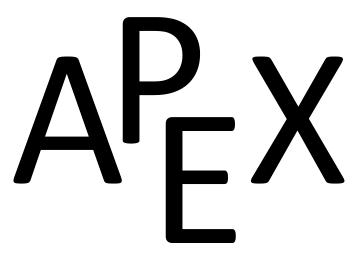We already know how to integrate this particular example. Rewrite \(\sqrt{x}\) as \(x^\frac12\) and simplify the fraction:
\begin{equation*}
\frac{x^2+2x+3}{x^{1/2}} = x^\frac32 + 2x^\frac12 + 3x^{-\frac12}\text{.}
\end{equation*}
We can now integrate using the Power Rule:
\begin{align*}
\int \frac{x^2+2x+3}{x^{1/2}}\, dx \amp = \int\left(x^\frac32 + 2x^\frac12 + 3x^{-\frac12}\right)\, dx\\
\amp = \frac25x^\frac52 + \frac43x^\frac32 + 6x^\frac12 + C
\end{align*}
This is a perfectly fine approach. We demonstrate how this can also be solved using substitution as its implementation is rather clever.
Let \(u = \sqrt{x} = x^\frac12\text{;}\) therefore
\begin{equation*}
du = \frac{1}{2\sqrt{x}}\, dx \quad \Rightarrow \quad 2du = \frac{1}{\sqrt{x}}\, dx\text{.}
\end{equation*}
This gives us \(\ds \int \frac{x^2+2x+3}{\sqrt{x}}\, dx = \int (x^2+2x+3)\cdot2\, du\text{.}\) What are we to do with the other \(x\) terms? Since \(u = x^\frac12\text{,}\) \(u^2 = x\text{,}\) etc. We can then replace \(x^2\) and \(x\) with appropriate powers of \(u\text{.}\) We thus have
\begin{align*}
\int \frac{x^2+2x+3}{\sqrt{x}}\, dx \amp = \int (x^2+2x+3)\cdot2\, du\\
\amp = \int 2(u^4 + 2u^2 + 3)\, du\\
\amp = \frac25u^5 + \frac43u^3 + 6u + C\\
\amp = \frac25x^\frac52 + \frac43x^\frac32 + 6x^\frac12+C\text{,}
\end{align*}
which is obviously the same answer we obtained before. In this situation, substitution is arguably more work than our other method. The fantastic thing is that it works. It demonstrates how flexible integration is.

